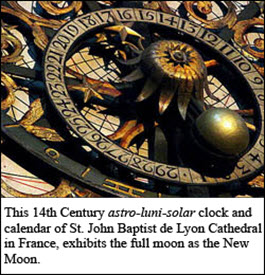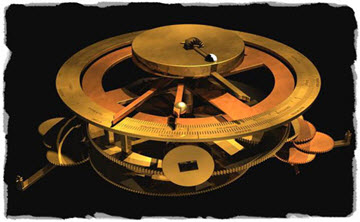The 2000 Year Old Astro-luni-solar Computer
The 2,000 Year Old
Astro-luni-solar Computer
A museum curator from England, Michael Nike WMNS Sabrina 1 Medium Soft Pink , Nike Air Zoom Pegasus 38 Sail White DO2337-100 , AcmShops Marketplace Wright, has cracked the code and built the first complete working replica of a 2,000-year-old Grecian machine that has been called the world’s first computer.
The original mechanism was discovered in a shipwreck near the Greek Island of Kythera in 1902. Based Sneakers – adidas by9405 women black hair – Cheap Edu Jordan Outlet , Shoes, Clothing & Bags, Authenticated Before Shipping on the dating for the ship and all the other items found, it appears to have been created in 80-150 B.C., which places it 1400 years ahead of its time.
The purpose of this mechanism, which became known as the Antikythera Mechanism, was a mystery for decades. The working model of this machine is no larger than a dictionary in size. It houses 37 gears and moves with the precision of a Swiss clock. In the final analysis, it was clearly designed for demonstrating and predicting the movements of the celestial bodies in astro-luni-solar time, as well as the famed Olympic Games. Ingeniously, it predicted both lunar and solar eclipses ir jordan 3 whataburger custom 200 years into the future and into the past. It was also constructed to illustrate the precise start of each new month commencing with the full moon in contrast with the occulted or crescent moon.
While most of us today are not schooled in the movements of the shamayim (heavenly) bodies, as is studied in astronomy, the Antikythera Mechanisms interface is deceptively simple. It is hand operated by a simple knob on the side. Within the frame is concealed the intricacy air jordan 6 toro of the gears, which displays a complex mathematical function, tracking the movements of planetary bodies and incorporating a series of sub mechanisms to demonstrate the elliptic in their rotation.
It was suggested in the past that the 2000-year-old astro-luni-solar computer may have been used for astrology; however, nothing in its function demonstrates this to be so. It is truly remarkable that so long ago they were able to demonstrate, with a working calculative machine, exactly how the celestial bodies move and measure time.
While some may say this machine is a cousin of our modern clock, it may be more correct to view it as its great grandfather. While it doesn’t calculate the detailed hours, minutes or seconds of a given day, it is a multifaceted calendar/clock that calculates time on a far grander scale. It could well be compared to the astronomical clock of Strasbourg, which was created in  1354, as well as the one in Prague in 1410. Here, pictured is another 14th Century astro-luni-solar clock of St. John Baptist de Lyon Cathedral in France. What makes this clock so striking is that the New Moon is identified as the full moon rather than the conjunction lunar phase.
1354, as well as the one in Prague in 1410. Here, pictured is another 14th Century astro-luni-solar clock of St. John Baptist de Lyon Cathedral in France. What makes this clock so striking is that the New Moon is identified as the full moon rather than the conjunction lunar phase.
This world’s first known scientific instrument actually calculated the positions of the heavenly bodies in cycles of 19 years. Less known to most of us is that the sun, moon, stars run their complete circuit of time every 19 years, and not simply every solar year. What this mechanism demonstrates definitively is that the lunar cycles of 354 days each year, come into perfect harmony with the sun’s apparent rotations of 365 days, every 19 years. It displays and demonstrates astronomical checks and balances in operation.
For mankind to follow only the sun’s circuit for calendation each year is like using only the second hand on a clock, because we all know that the hour hand and minute hand are also necessary for a complete accounting of time. The same is true with the time-keeping calendar that Yahuah placed in the shamayim at creation.
It is the moon and stars together with the sun that the Greeks utilized to designate the New Year’s Day in spring, the full New Moon day each month demarcating the count of the 29 or 30 days. But to the student of the Hebrew Scriptures, it is recognized that the Greeks at that time remained yet in harmony with the Creator’s true calendation principles, whereby four sets of lunar weeks with their Sabbaths fit like a glove within each lunation.
True-time, according to the Creator, is kept according to the sum of all the luminary parts, not merely the sun (Genesis 1:14-17).
Three videos of the Antikythera Mechanism: A 2,000-year-old Greek computer comes back to life.

